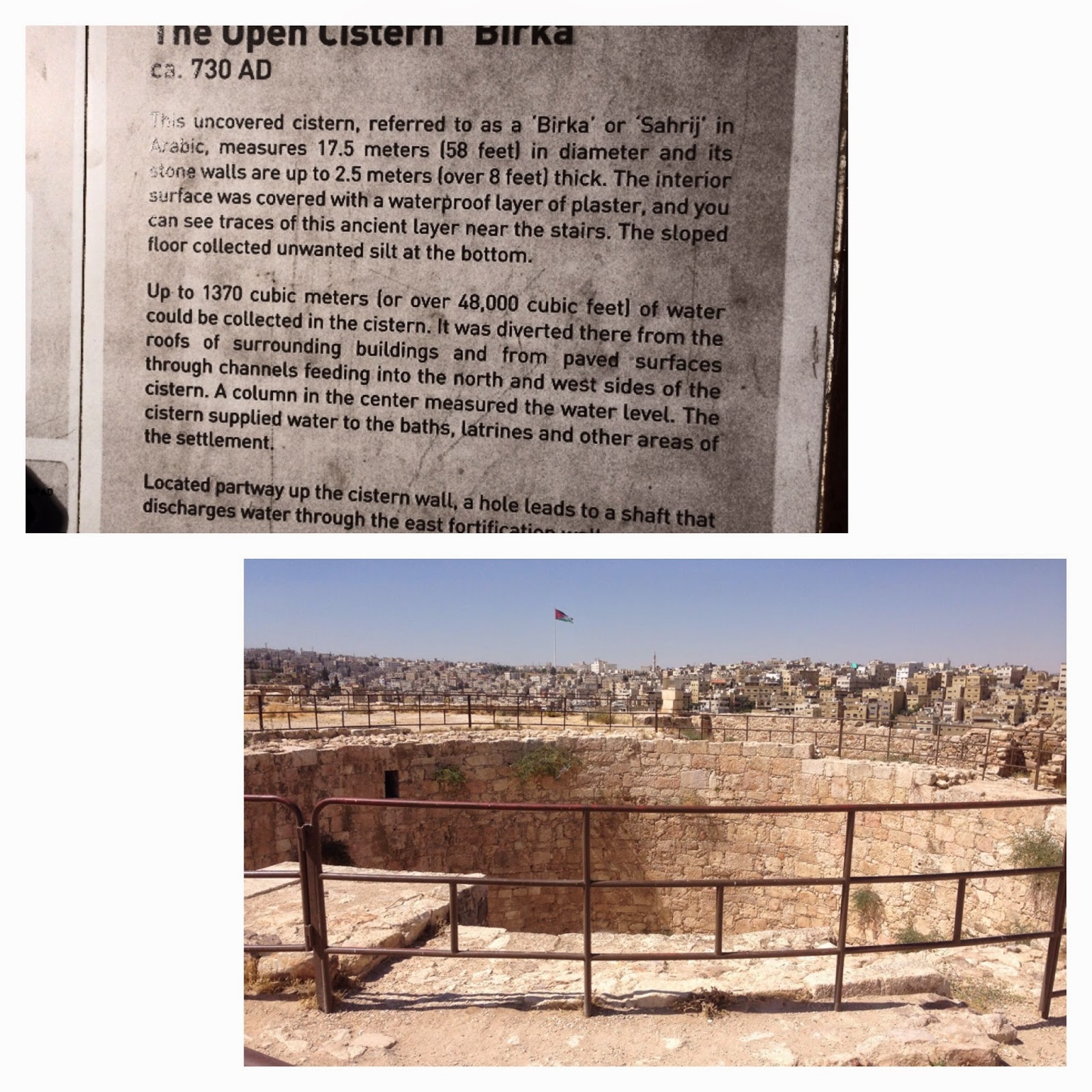Jerash is located about 30 miles north of Amman. It was a pretty easy drive (of course I wasn't in the driver's seat), and a very scenic drive compared to the drive we took to the airport.
Located in Jerash is supposed to be the largest concentration of Roman ruins outside of Rome.
We met our friends, The Farmer's, at Jerash and toured the ruins together. We had trouble finding the ticket booth and it took a while to get started. Many of the tourist attractions are not well maintained compared to American standards. They have different rates for residents of Jordan and tourists. A tourist pays 8JD (about $11) and a resident pays .05JD (about $0.75). There were no paper maps or clear directions or markings, other than the signs posted at some of the major features (paid for by USAID). Regardless, it was still really neat, just has more potential.
From Wikipedia:
Jerash, the Gerasa of Antiquity (Ancient Greek: Γέρασα), is the capital and largest city of Jerash Governorate(محافظة جرش), which is situated in the north of Jordan, 48 kilometres (30 mi) north of the capital Amman towards Syria. Jerash Governorate's geographical features vary from cold mountains to fertile valleys from 250 to 300 metres (820 to 980 ft) above sea level, suitable for growing a wide variety of crops.
In the latter Ottoman period, the city of Jerash's name was abandoned and changed to Sakib, yet this was not a permanent development, as the name "Jerash" reappears in Ottoman tax registers by the end of 16th century.[2][3]
A strong earthquake in 749 AD destroyed large parts of Jerash, while subsequent earthquakes along with the wars and turmoil contributed to additional destruction. Its destruction and ruins remained buried in the soil for hundreds of years until they were discovered by German Orientalist Ulrich Jasper Seetzen in 1806.[4] He began excavation and a return to life of the current Jerash by inhabitants of older villages. 70 years later, this was followed by the Muslim community, Circassians, who emigrated to Jordan from the Caucasus in 1878 after the Ottoman-Russian war. Subsequently a large community of people from Syria came to the area at the beginning of the 20th century.
Hadrian's Arch and our entry/exit point.
In the bottom right photo, Jake was very concerned about getting to see a TRACTOR that was was nearby. The tractor was his favorite part of the day.
On the way home we stopped and bought some fruit from this guy. They have these little fruit stands all along the roads. Some aren't very far off the road and not far from the fields they come from. Some very sweet pears, figs, and plums.
And today, we played. Jake went over to the Pesature's house to play with their daughter, Leila, while the housekeeper watched them. Kaylan and I went and got groceries. She showed me a few stores that will be great in the future. After a few hours at home and a nap, we all went over to the Pesatures and had dinner. It was wonderful eggplant parmesan! Thank you Kaylan and Dan!!!

























































